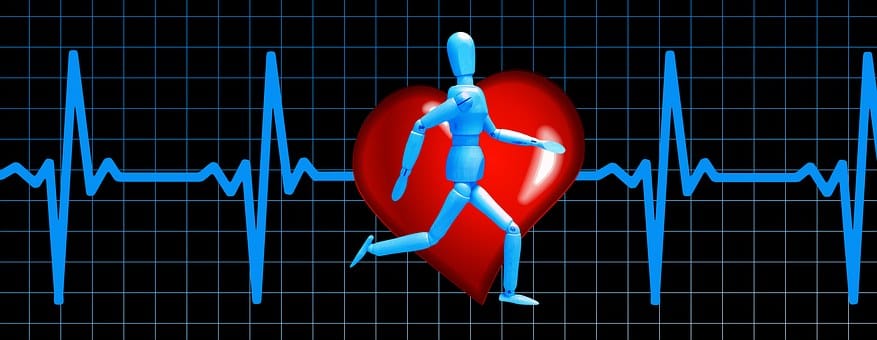A few weeks ago, my sister gave me $100 to Amazon for my birthday. And guess what I bought…yes $60 worth of organic gummy bears. What did you think I was gonna say $60 worth of veggies?!
As expected I’ve eaten bags and bags of those yummy, chewy, and so satisfying cuddly gelatins. Well, my gummy bear habit is very similar to over-training. Too much of a good thing is…not always a good. thing.
Having said all that there are five things you can do to keep your training on the right track:
- Use a heart rate monitor especially when you are doing cardio training. Aim to work in the range of 60-65% max HR for beginners and 80-85% for those are masochists. If you want little more mind-numbing science on the matter read below.
- Weight training should be intense and brief around 45 minutes. Studies show working out longer than this really increases the level of cortisol in your body which is not a good thing.
- Use a tried and true set and rep template of 5 x 5. With this lower rep scheme, you are going to use heavier weights but the focus should be on skill acqusition and proper form.
- When you are first starting out, particularly with weights, use the 60-70% max effort rule–for the first 2 sessions go around 60% of max effort and for sessions 3 and 4 around 70%.
- Use light fun activities to enhance recovery between workouts–i.e. riding a bike, light jog/brisk walk, or yoga. For those brave (or crazy) enough, ice bathes are always nice for post-workout recovery.
One of the fitness metrics that is really useful for mitigating over-training is the heart rate (HR); HR monitored training is particularly relevant when the main focus is on work capacity and conditioning.
Research tells us that HR training zone should fall between 60-85% of our max HR, which can be estimated by doing this simple calculation: 220 – Age = Max HR or better yet try the Karvonen formula. So what does working in the 60-85% range mean exactly?
There are a few implications here:
- % of max HR will determine what fuel your body will utilize during that workout session. In choosing the upper ranges near 85% of max, the body will mostly use a 2:1 ratio of glycogen (sugar) to fat. Training HR zone around 60% flips this ratio to 2:1 in favor of fat over glycogen.
- Although glycogen is the preferred fuel source during higher intensity workouts (think of glycogen as higher octane fuel for the human body), fat is the more efficient fuel for human metabolism.
- Just because you choose to work harder in the upper HR ranges does not necessarily mean you are going to burn more fat. Evidence seems to show that training in the lower ranges can train the body to be more efficient at fat burning. On top of that, loosing bodyfat has more to do with diet than exercise.
- Working anything above 85%, called the Lactatic Threshold, creates too much stress and long-term damage, not stimulus for growth so training all out all the time is not so smart and perhaps detrimental.
Well, there you have it, my quick take on training and over-training. If you wish to get more details, feel free to email me. Thx and happy holidays!





0 responses to “Training and Over-Training Part II: How to Train Just the Right Amount”